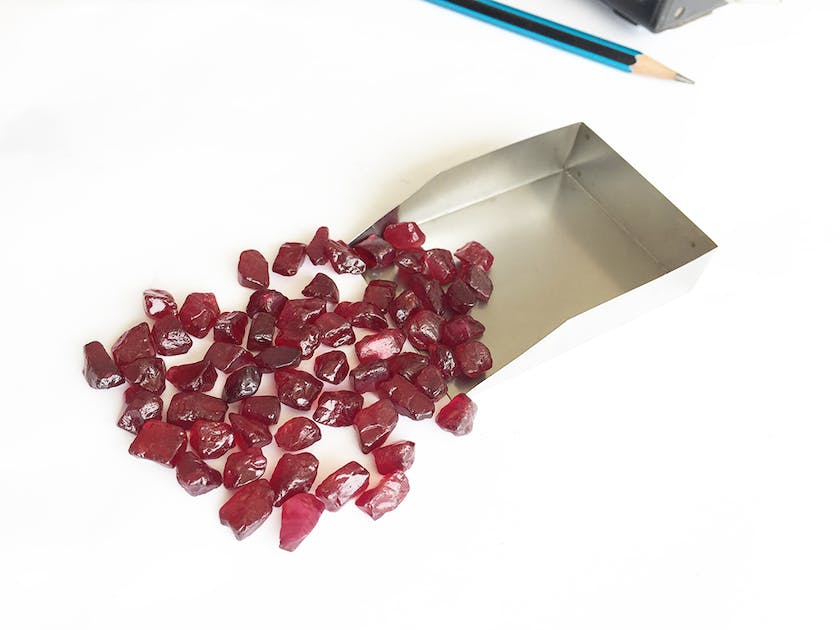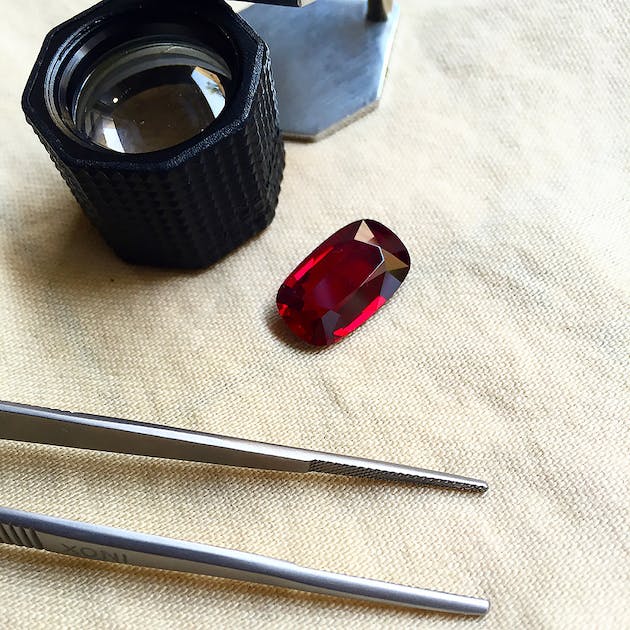
Gemstones, with their dazzling colors and sparkling brilliance, have captured the hearts of humans for centuries. From rubies to sapphires and emeralds to diamonds, these precious stones come in various shapes and sizes. However, before they become the centerpiece of a beautiful piece of jewelry, they undergo a meticulous process known as gemstone cutting. In this blog post, we will take you on a journey through the key stages of gemstone cutting, from examining the rough stone to the final polishing.
Examining the Rough Stone
The journey of a gemstone begins with the discovery of a rough stone. These uncut gems are often found deep within the Earth, and each one is unique. Before any cutting can take place, a skilled gemologist carefully examines the rough stone. They assess its size, shape, color, and any natural flaws or inclusions within the stone. This evaluation is crucial as it helps determine the best way to cut the gem to maximize its beauty and value.
Planning the Cut
Once the rough stone has been thoroughly examined, the next step is planning the cut. This is where the expertise of a lapidary artist comes into play. They use their knowledge of the stone's properties, as well as their artistic sensibility, to decide on the optimal shape and cut for the gem. The goal is to bring out the stone's inherent beauty while minimizing waste.
During this stage, lapidaries consider various factors, including the gem's size, shape, color, and the type of cut that will enhance its natural features. The choice of cut can dramatically affect the final appearance of the gem, making it a critical decision in the cutting process.
Pre-Shaping and Dopping
With the cut plan in place, the lapidary proceeds to pre-shape the rough stone. This involves using specialized tools to create a rough outline of the desired shape. Pre-shaping is a delicate process that requires precision, as removing too much material too quickly can result in irreversible damage to the gem.
After pre-shaping, the gem is attached to a dop stick using wax or another adhesive. This allows the lapidary to hold and manipulate the gem during the cutting and polishing stages. The dop stick is carefully selected to match the gem's size and shape, ensuring a secure hold.
Faceting
Faceting is perhaps the most intricate and skill-intensive part of gemstone cutting. This stage involves cutting and shaping the facets of the gem to create its signature sparkle and brilliance. Lapidaries use specialized machines equipped with diamond-coated laps to grind and polish the facets with precision.
The number and arrangement of facets can vary widely depending on the type of gem and the chosen cut. Round brilliants, emerald cuts, princess cuts, and many other styles each have their unique facet patterns. This stage requires a steady hand and a keen eye to achieve the desired result.
Polishing
After the facets are cut, the gem undergoes the polishing phase. This step brings out the gem's full luster and brilliance. Polishing typically involves using a series of finer and finer abrasives until the gem achieves a smooth, reflective surface. The final polish is what gives the gemstone its captivating shine.
Once the gem has been polished to perfection, it is carefully removed from the dop stick, cleaned, and inspected. It is then ready to take its place in a piece of jewelry, where its beauty can be admired and cherished for generations to come.
In conclusion, gemstone cutting is a meticulous and highly skilled art form that transforms rough, uncut stones into dazzling gems that adorn jewelry and captivate the hearts of those who behold them. Each stage of the cutting process is essential in revealing the gem's inherent beauty, and it is the expertise of lapidary artists that brings out the full potential of these precious stones. The next time you admire a beautifully cut gemstone in a piece of jewelry, you'll have a deeper appreciation for the craftsmanship that went into creating it.
